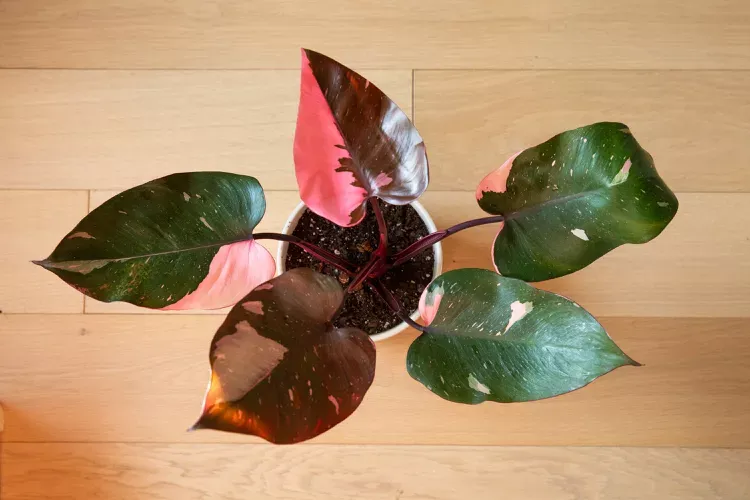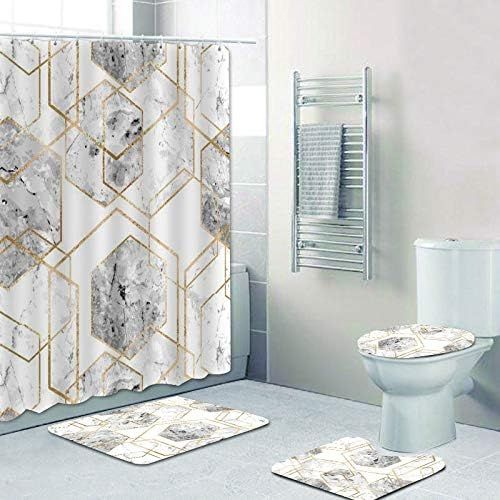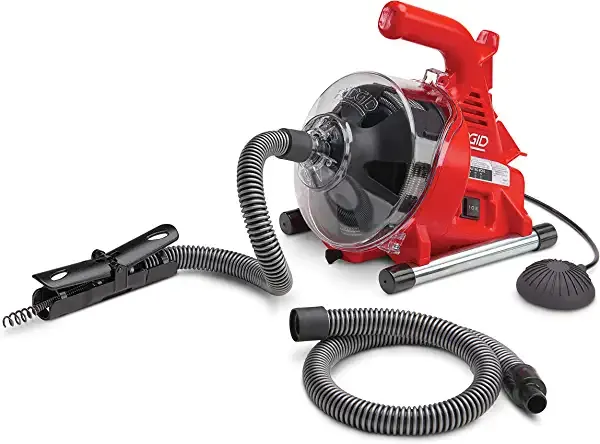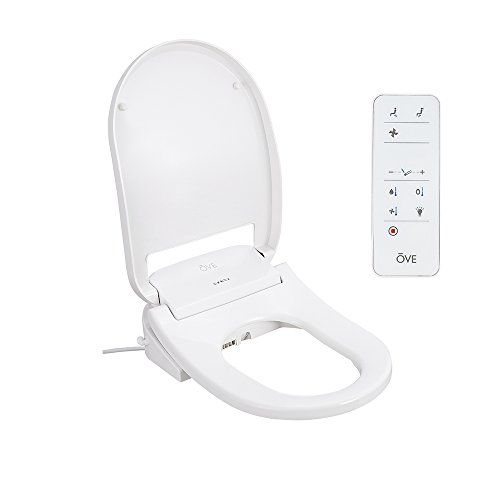Where Is The Bathroom In Korean
Are you planning a trip to South Korea and want to know how to ask where the bathroom is in Korean? Look no further! In this article, we will provide you with all the essential phrases, vocabulary, and cultural considerations to navigate your way to the restroom with ease.
From polite ways to ask for the bathroom to understanding common signs and symbols, we’ve got you covered. We will also give you tips on how to describe urgency and understand directions to the bathroom. Plus, we’ll discuss etiquette and cultural sensitivities to ensure you navigate this aspect of Korean culture respectfully.
And if you’re wondering about finding public restrooms in South Korea, we’ve got some helpful information for you. So, whether you’re a first-time visitor or a seasoned traveler, get ready to master the art of asking, ‘Where is the bathroom?’ in Korean.
Key Takeaways
- The bathroom in Korea can be found in various locations, such as restaurants, shopping malls, and public buildings.
- It is important to be familiar with key phrases for asking for directions to the bathroom in Korean, such as "화장실이 어디에 있나요?" (Where is the bathroom?) or "화장실 좀 알려주세요." (Can you please tell me where the bathroom is?).
- When inquiring about the restroom, it is important to use polite phrases, such as "실례지만 화장실이 어디 있나요?" (Excuse me, where is the restroom?) and to consider cultural norms and customs.
- Practicing these phrases is essential as it allows for effective communication of a basic need, and it helps to navigate unfamiliar environments more comfortably.
Basic Phrases and Vocabulary for Asking for Directions
Want to know how to ask where the bathroom is in Korean? Let’s learn some basic phrases and vocabulary for asking for directions!
There are a few different ways you can ask for directions to the bathroom in Korean. One common phrase is ‘화장실 어디에 있어요?’ (Hwajangsil eodie isseoyo?), which means ‘Where is the bathroom?’
Another phrase you can use is ‘화장실은 어디예요?’ (Hwajangsil-eun eodi-yeyo?), which also means ‘Where is the bathroom?’
When navigating public restrooms in South Korea, it’s important to know that many public restrooms require an entrance fee. Make sure to carry some small change with you. Additionally, it’s common to find separate restrooms for men and women, so be sure to look for signs indicating which one to use.
Remember these phrases and tips, and you’ll have no problem finding the bathroom in Korea!
Polite Ways to Ask for the Bathroom
Feeling a little uneasy? Need to relieve yourself? Well, let me clue you in on some polite ways to inquire about the whereabouts of the restroom.
In Korean, there are several ways to ask for the toilet politely. One common phrase is ‘화장실이 어디에 있나요?’ (Hwajangsil-i eodie issnayo?), which translates to ‘Where is the bathroom?’ Another option is to use the phrase ‘화장실을 사용해도 될까요?’ (Hwajangsil-eul sayonghaedo doelkkayo?), meaning ‘May I use the bathroom?’
It’s important to note that Korean bathroom etiquette may differ from what you’re accustomed to. In some places, you may need to remove your shoes before entering the restroom. Additionally, public toilets in Korea often provide slippers for visitors to wear inside. Being aware of these cultural differences will help you navigate the bathroom with ease and respect.
Common Signs and Symbols for Restrooms
One way to easily locate the restroom is by recognizing the common signs and symbols that indicate its presence. Signage regulations in Korea ensure that restrooms are clearly marked with easily identifiable symbols. Here are some common symbols you might come across:
| Symbol | Meaning |
|---|---|
 |
Women’s restroom |
 |
Men’s restroom |
 |
Unisex or gender-neutral restroom |
 |
Accessible restroom |
These symbols are usually displayed on doors or above the entrance of the restroom. It’s important to note that in recent years, there has been a growing trend towards gender-neutral restrooms in Korea. These restrooms are designed to be inclusive and provide a safe space for people of all genders. So, if you see the symbol 
Useful Expressions for Describing Urgency
In urgent situations, it’s crucial to express the need for immediate assistance in a clear and concise manner. When you find yourself in desperate need of the bathroom in Korea, here are some useful expressions to help you ask for directions:
- ‘화장실이 어디에 있어요?’ (Where’s the bathroom?)
- ‘급해요!’ (I’m in a hurry!)
- ‘배고파서 급해요!’ (I’m so hungry that I’m in a hurry!)
- ‘정말 급하게 가야 해요!’ (I really need to go urgently!)
- ‘실례지만 화장실은 어디에요?’ (Excuse me, where’s the bathroom?)
It’s important to note that cultural norms around bathroom usage in Korea may differ from those in other countries. Koreans tend to be more discreet when discussing bodily functions, so it’s best to use polite language and gestures when asking for directions to the restroom. Additionally, it’s customary to remove your shoes before entering a Korean bathroom, so be mindful of this cultural practice.
How to Understand Directions to the Bathroom
To truly comprehend the path leading to the restroom, you must pay close attention to the instructions given and keep an open mind about cultural differences.
In Korean, there are different words for ‘bathroom’ depending on the context. If you’re looking for a public bathroom, you can use the word ‘hwa-jang-sil.’ However, if you’re in a more casual setting like someone’s house or a restaurant, you can use ‘o-shi-ji’ or ‘sul-jib.’
It’s important to note that non-verbal cues can also be used to ask for directions to the bathroom. For example, you can make a hand gesture mimicking holding your bladder, or you can cross your legs and point in the direction you think the bathroom might be.
Being aware of these cultural nuances will help you navigate your way to the bathroom with ease.
Etiquette and Cultural Considerations
Navigating the path to the restroom requires a keen understanding of cultural customs and proper etiquette. In Korean society, bathroom etiquette and hygiene practices hold great importance. Here are some key points to keep in mind:
-
When entering a Korean restroom, it’s customary to greet others by saying ‘annyeonghaseyo’ (hello) or ‘gomawoyo’ (thank you) to show respect.
-
Korean bathrooms are often gender segregated, with separate facilities for men and women. It’s crucial to use the designated restroom for your gender to avoid causing discomfort or embarrassment.
-
Inside the restroom, cleanliness is highly valued. Be sure to flush the toilet, dispose of used toilet paper in the provided bins, and wash your hands thoroughly before leaving.
-
Avoid talking loudly or making excessive noise in the restroom, as it’s considered impolite and disruptive to others.
By adhering to these cultural norms and expectations, you’ll ensure a smooth and respectful experience in Korean restrooms.
Finding Public Restrooms in South Korea
Discovering public restrooms in South Korea can be a challenge, but don’t worry, we’ve got you covered! South Korea is known for its clean and well-maintained public facilities, including restrooms. When nature calls, look for signs that say "화장실" (hwajangsil), which means bathroom in Korean. These signs often feature a white figure wearing a skirt for women or pants for men. In popular tourist areas like Seoul or Busan, you can easily find public restrooms near major attractions, such as Gyeongbokgung Palace or Namsan Tower. To help you navigate the search for a restroom, here’s a handy table:
| Location | Description |
|---|---|
| Restaurants | Ask for "화장실" |
| Shopping malls | Usually on each floor |
| Parks | Near entrances |
| Train stations | Close to platforms |
| Tourist sites | Clearly marked |
Remember to always use basic phrases for ordering food, like "주문할게요" (jumunhalgeyo), when asking for directions or help finding a restroom. Enjoy your visit to South Korea and don’t let the bathroom search hinder your exploration!
Alternative Phrases for Asking for the Bathroom
Feeling desperate for relief? Need a quick solution to find the nearest restroom in South Korea? Well, here’s a little trick to help you out!
When asking for the bathroom in Korean, it’s important to note that there are different terminologies used in different regions of Korea. In Seoul, the standard term is ‘화장실’ (hwa-jang-shil), while in Busan, it’s ‘변기방’ (byeon-gi-bang). To ensure that you’re understood, it’s best to use the standard term.
Additionally, it’s important to be aware of cultural differences in bathroom etiquette. In South Korea, it’s common to remove your shoes before entering a restroom. Also, some public restrooms may not have toilet paper, so it’s always a good idea to carry your own. Lastly, it’s considered respectful to flush the toilet quietly to avoid disturbing others.
Remember these tips and you’ll be able to navigate the bathroom situation with ease in South Korea!
Practice Exercises and Role-Playing Scenarios
Have you ever found yourself in a foreign country, unsure of how to handle everyday situations like asking for directions or ordering food? When it comes to asking for the bathroom in Korean, practice exercises and role-playing scenarios can help you gain confidence. Here is a table that can assist you in practicing different ways to ask for the bathroom:
| English Phrase | Korean Translation | Pronunciation |
|---|---|---|
| Where is the bathroom? | 화장실이 어디에 있어요? | Hwajangsil-i eodie isseoyo? |
| Can you show me where the bathroom is? | 화장실이 어디있는지 보여주실래요? | Hwajangsil-i eodiinneunji boyeojusillaeyo? |
| Excuse me, where can I find the restroom? | 실례합니다, 화장실이 어디에 있는지 알려주실 수 있으신가요? | Silryehamnida, hwajangsil-i eodie issneunji allyeojusil su iss-eusin-kayo? |
By practicing these phrases through role-playing scenarios, you will be well-prepared to confidently ask for the bathroom when needed in Korea.
Frequently Asked Questions
What are some other phrases I can use to ask for the bathroom in Korean?
To ask for the bathroom in Korean, you can use alternative phrases such as "화장실이 어디에 있나요?" or "화장실을 찾을 수 있는 곳이 어디인가요?" These common phrases will help you find the restroom in Korean.
Are there any cultural considerations or etiquette rules I should be aware of when using public restrooms in South Korea?
When using public restrooms in South Korea, it is important to be aware of cultural differences and follow proper etiquette. This includes using slippers provided, throwing toilet paper in the waste bin, and avoiding excessive noise.
How can I understand directions to the bathroom if someone gives them to me in Korean?
To understand directions to the bathroom in Korean, learn common phrases for asking for directions. When navigating public restrooms in a foreign country, be mindful of cultural etiquette, hygiene practices, and signage.
Are there any common signs or symbols for restrooms in South Korea that I should look out for?
Look for common restroom symbols in South Korea to navigate public restrooms. Symbols for men and women are often used, but some places may have additional symbols based on accessibility.
Where can I find public restrooms in South Korea, especially in busy areas like shopping malls or train stations?
You can easily find public restrooms in busy areas of South Korea such as shopping malls or train stations. They are conveniently located and easily accessible, ensuring your comfort and convenience while you are out and about.
Conclusion
In conclusion, knowing how to ask for the bathroom in Korean is essential when traveling to South Korea. By using the basic phrases and vocabulary, along with polite expressions, you can navigate your way to the restroom with ease. Understanding common signs and symbols, as well as describing urgency, will also aid in your quest for finding a restroom.
It’s important to be aware of etiquette and cultural considerations when using public restrooms in South Korea. By practicing and role-playing different scenarios, you can confidently ask for the bathroom in Korean.










.jpg)








